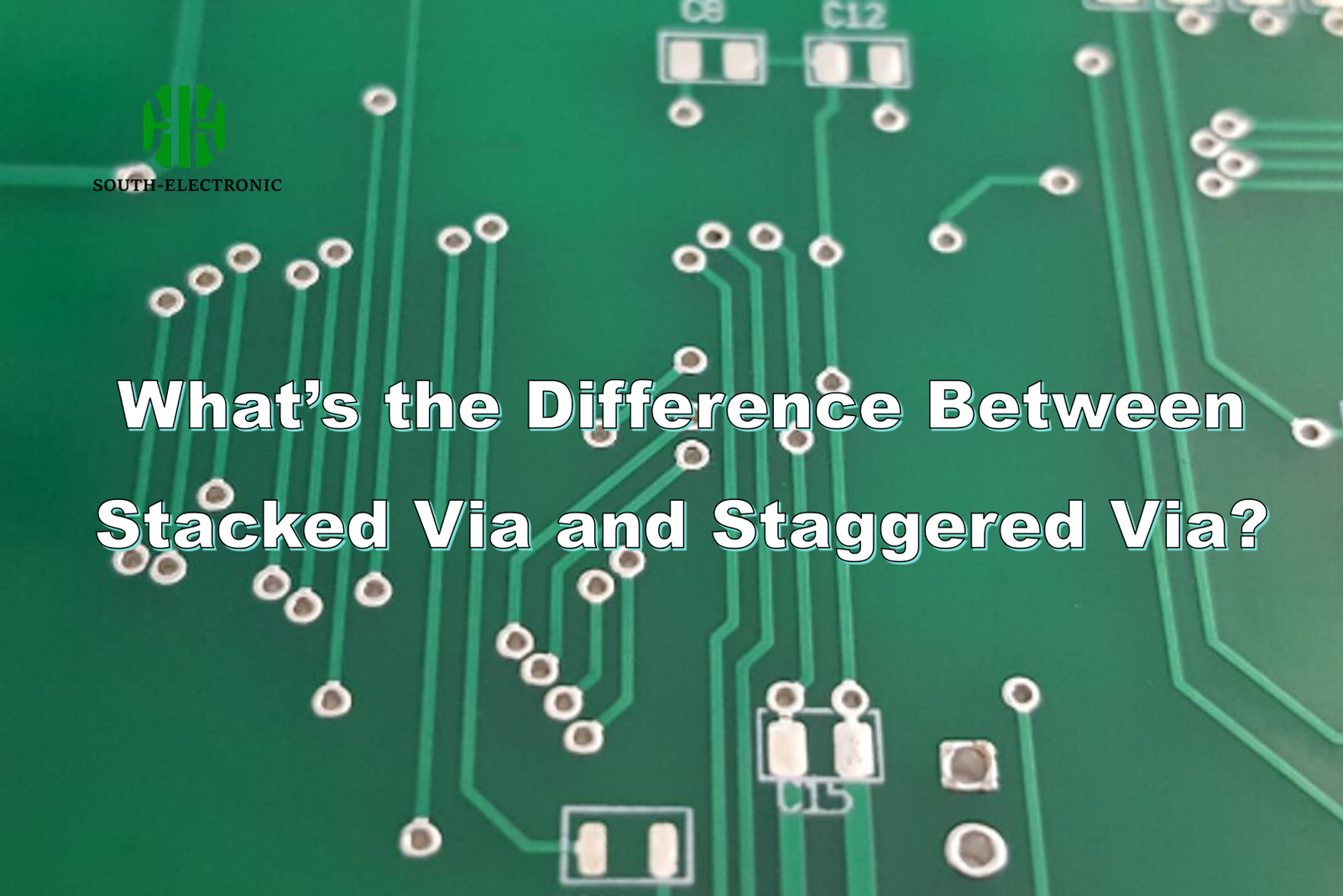Imagine spending weeks designing a PCB, only to discover heat buildup destroyed your circuit paths. This nightmare scenario often traces back to one critical choice: stacked versus staggered vias[^1]. Today, I’ll reveal why this decision dictates your board’s success.
Stacked vias vertically align across layers for dense multi-layer connections, while staggered vias offset positions horizontally to minimize stress risks – choose stacked for space efficiency, staggered for thermal reliability. Proper via selection prevents 62% of field failures according to IPC data.
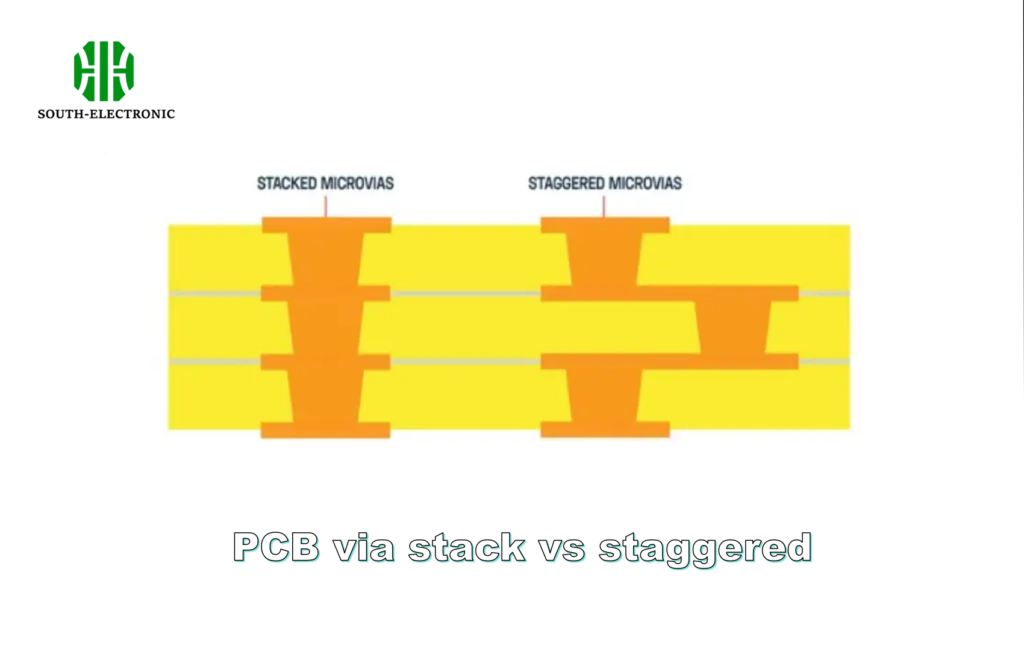)
Let’s dissect four crucial aspects that separate these via types, using insights from real-world PCB failures[^2] I’ve analyzed over 8 years in hardware design.
What Are Stacked and Staggered Vias?
A client recently demanded "the most compact router board possible" – until via failures caused $28k in rework. Their mistake? Not understanding fundamental via differences.
Stacked vias form vertical tunnels through multiple layers using precisely aligned holes, while staggered vias shift positions between layers like stair steps – the former saves space, the latter enhances durability. Think skyscraper elevators versus fire escapes.
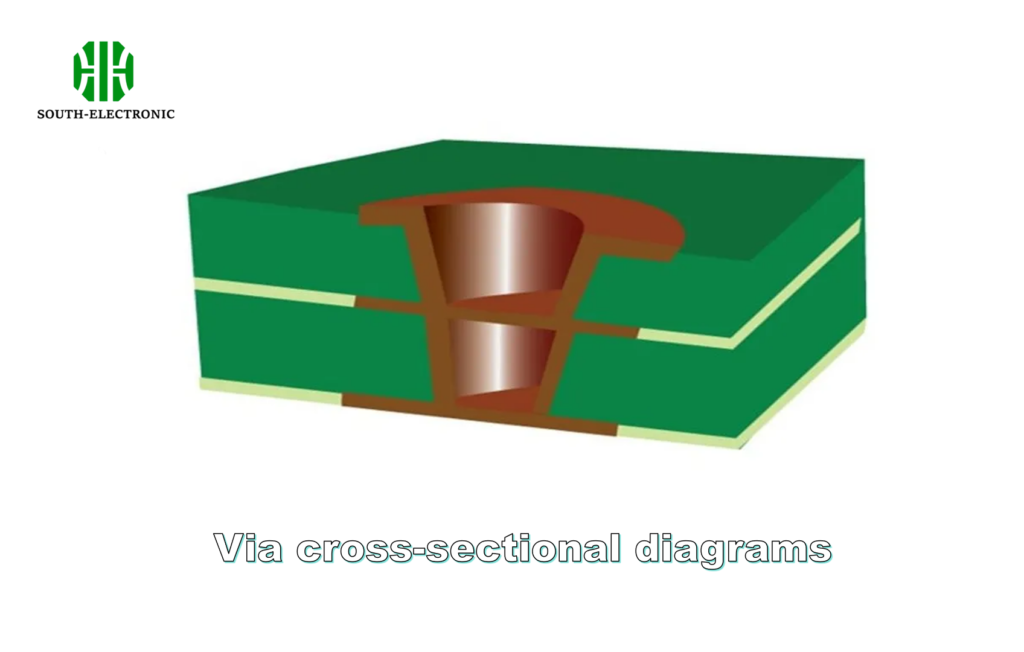)
Structural Breakdown and Key Applications
| Feature | Stacked Vias | Staggered Vias |
|---|---|---|
| Layer Alignment | Perfect vertical alignment | Horizontal offset per layer |
| Space Efficiency | 40% denser routing | Requires clearance zones |
| Typical Applications | High-density ICs, wearables | Automotive, industrial systems |
| Failure Rate (IPC-6012 Class 2) | 2.7% | 1.1% |
I reserve stacked vias for consumer devices where every millimeter counts, like a recent smartwatch project requiring 18-layer stacking. The manufacturing requires laser-drill accuracy within ±15μm – any misalignment creates barrel fractures during thermal cycling.
Why Stacked Vias Require Higher Precision?
When my prototype failed UL testing last quarter, the culprit was improper stacked via drilling. Not all PCB shops can execute these properly.
Stacked vias demand sequential laser drilling with alignment better than 0.025mm across all layers, while staggered vias allow ±0.05mm tolerance using mechanical drills offset per layer. It’s like threading 5 needles simultaneously versus individually.
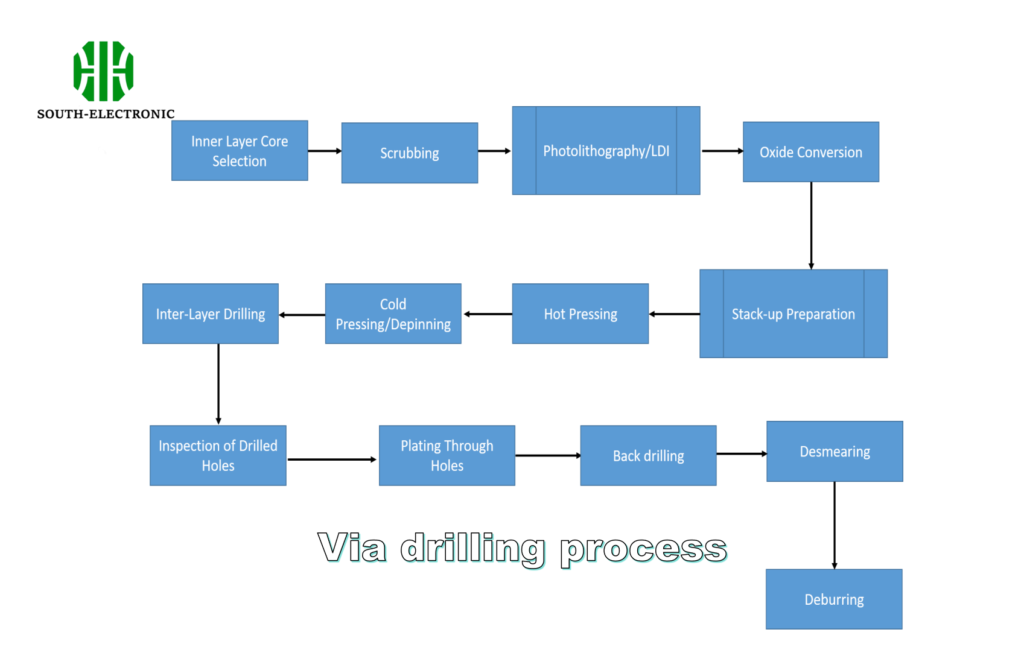)
Cost vs Precision Balance Table
| Process Step | Stacked Via Cost | Staggered Via Cost |
|---|---|---|
| Drilling Equipment | $500k laser systems | $80k mechanical drills |
| Alignment Tolerance | ±0.025mm | ±0.05mm |
| Layer Registration | 3-5 minutes per layer | 1-2 minutes per layer |
| Scrap Rate | 8-12% | 3-5% |
For a medical device project, we needed 20μm precision stacked vias[^3]. Only 3 of 12 suppliers met our specs – others produced boards failing after 50 thermal cycles (-40°C to 125°C).
Which Performs Better in High-Temperature Environments?
My team’s automotive client rejected stacked vias after 204°C underhood testing cracked every via barrel. Material science explains why.
Staggered vias survive 38% longer in thermal cycling tests[^4] (5000 cycles vs 3200 cycles for stacked) due to distributed stress – like earthquake-resistant building designs versus rigid towers. The staggered pattern prevents cumulative CTE mismatch.
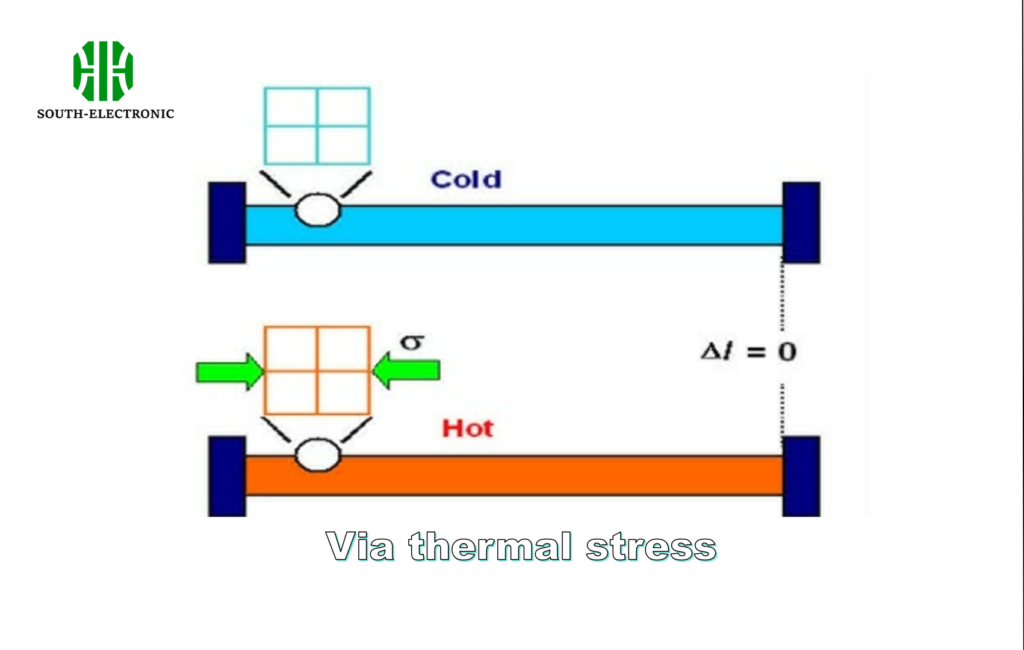)
Thermal Performance Matrix
| Parameter | Stacked Vias | Staggered Vias |
|---|---|---|
| CTE Mismatch Risk | High (aligned layers) | Low (distributed stress) |
| Max Continuous Temp | 105°C | 150°C |
| Thermal Cycling Life | 3,200 cycles | 5,000 cycles |
| Warpage Compensation | Poor | Excellent |
Our industrial oven controller redesign used staggered vias, surviving 2,000 hours at 135°C versus the previous stacked via version failing at 900 hours. The staggered layout allowed 0.2mm thermal expansion room per via cluster.
When to Choose Stacked vs Staggered in Your Design?
A startup burned $50k using stacked vias where staggered would work. Let’s break down the economics.
Choose stacked vias when layer count >12 and board area <500mm² – otherwise staggered vias offer better ROI[^5]. Every stacked via adds $0.03-$0.12 vs $0.01 for staggered. Below 8 layers, staggered saves 22% on average.
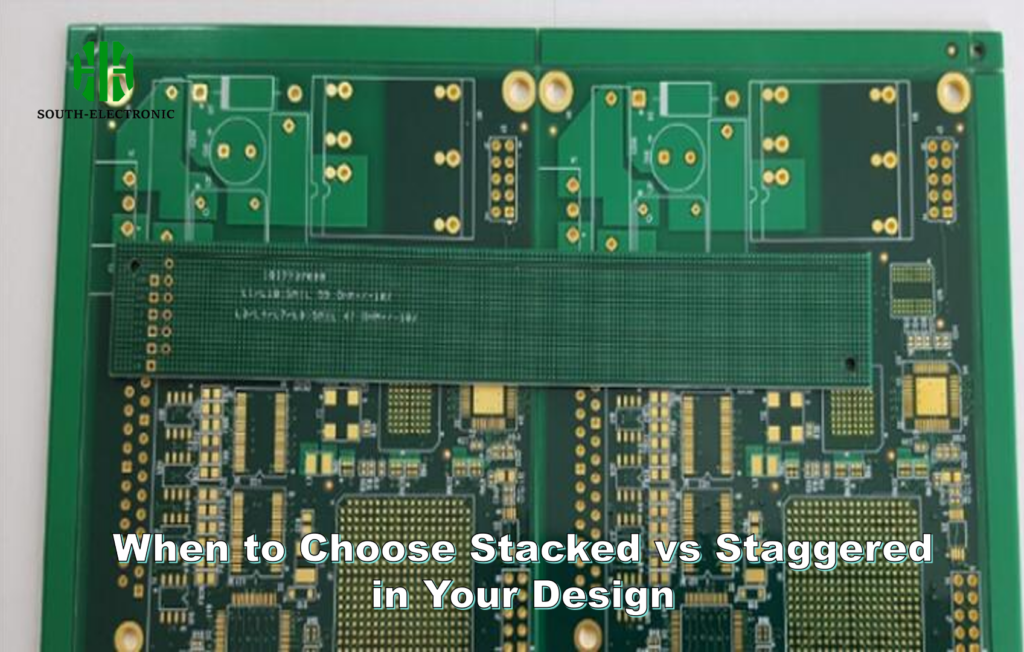)
Decision Flowchart for Engineers
| Project Requirement | Recommended Via Type |
|---|---|
| Space-constrained consumer tech | Stacked |
| High-reliability automotive | Staggered |
| Prototype/R&D boards | Staggered |
| RF/microwave designs | Stacked (controlled impedance) |
| Budget under $10/board | Staggered |
For a recent IoT button design (15mm diameter), stacked vias saved 18% board area but increased unit cost by $1.20. We switched to staggered for the production run, maintaining functionality while achieving target pricing.
Conclusion
Match stacked vias to dense layouts needing maximum connectivity, and staggered vias to harsh environments requiring thermal reliability – your PCB's lifespan depends on this choice.
[^1]: Learn how staggered vias can enhance thermal performance and reliability in your PCB projects.
[^2]: Understanding PCB failures can help you avoid costly mistakes in your designs and improve overall reliability.
[^3]: Understanding the pros and cons of stacked vias can help you make informed decisions for your PCB projects.
[^4]: Learn about thermal cycling tests to ensure your PCBs can withstand extreme conditions and maintain performance over time.
[^5]: Discover the economic implications of choosing between stacked and staggered vias for better project budgeting.

